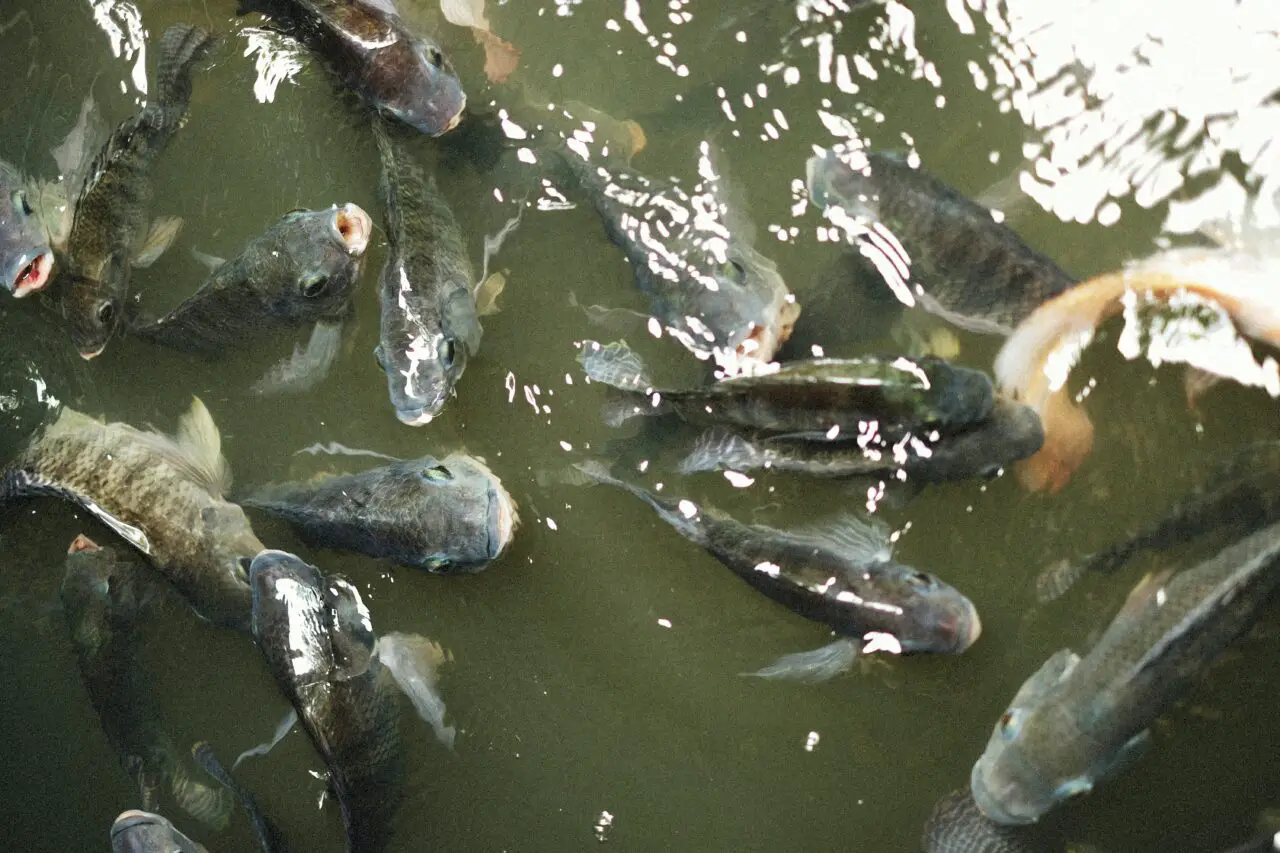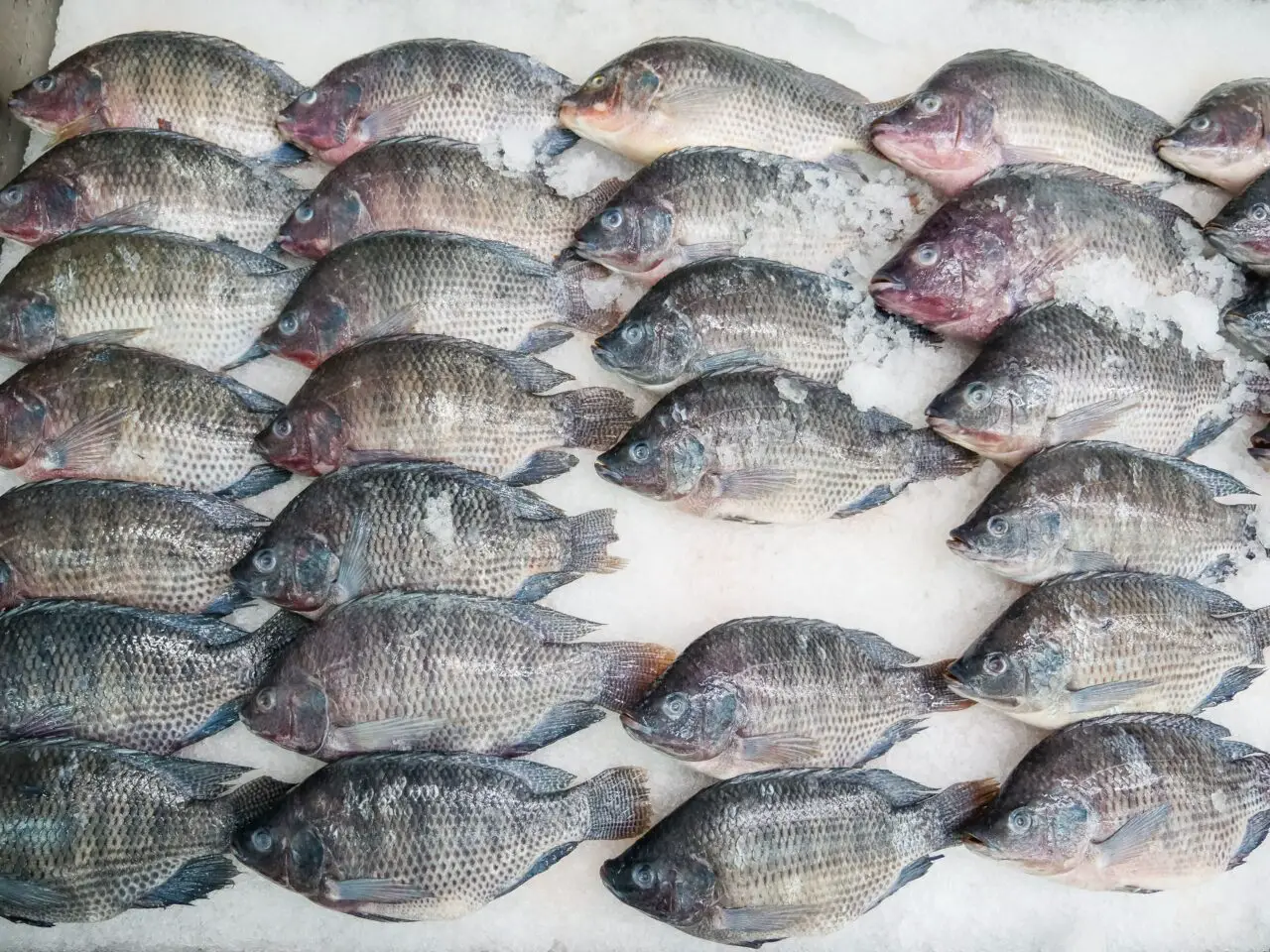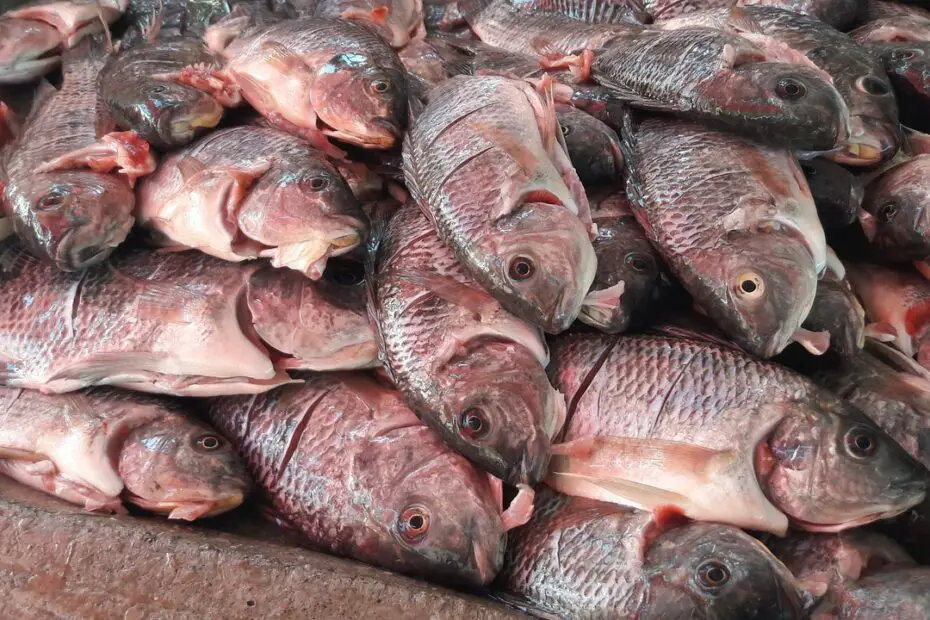Mojarra fish, with their captivating appearance and delightful taste, hold a special place in the hearts of seafood lovers. These popular coastal fish are known for their vibrant colors, unique shapes, and versatility in the kitchen. In this article, we will dive into the world of Mojarra fish, exploring their physical characteristics, habitat, diet, cultural significance, and much more.
You may also want to read about the pumpkin seed fish.
What is a Mojarra Fish?
Mojarra fish belong to the family Gerreidae, which encompasses a diverse group of coastal fish species found in tropical and subtropical waters around the world. They are characterized by their sleek bodies, compressed shape, and distinct coloration, making them a prized catch among anglers and a sought-after delicacy in many cuisines.
Physical Characteristics
Size and Shape
Mojarra fish come in various sizes, depending on the species. They typically range from 6 to 12 inches in length, although some species can grow larger. Their bodies are streamlined and moderately elongated, allowing them to swiftly navigate through coastal waters.

Coloration
One of the most striking features of Mojarra fish is their vibrant coloration. Their bodies often display a combination of silver, gold, blue, green, and pink hues, creating a visually appealing spectacle both underwater and on the dinner plate.
Habitat and Distribution
Mojarra fish are predominantly found in warm coastal waters, including estuaries, lagoons, and mangrove areas. They are known to thrive in both saltwater and brackish environments, making them adaptable to a range of habitats. Mojarra species can be found in regions such as the Caribbean, Gulf of Mexico, South America, and parts of Africa and Asia.
Diet and Feeding Habits
Mojarra fish have an omnivorous diet, feeding on a variety of small crustaceans, insects, algae, and plant matter. They are opportunistic feeders, adapting their feeding habits based on the available food sources in their habitats. This versatility contributes to their ability to survive and thrive in diverse coastal ecosystems.
Reproduction and Lifecycle
Mojarra fish follow a reproductive pattern typical of many marine species. During spawning seasons, males engage in courtship behaviors, attracting females to lay their eggs in sandy or muddy substrates. The eggs then hatch into larvae, which go through various developmental stages before reaching adulthood. This reproductive strategy ensures the continuation of Mojarra fish populations in their natural habitats.
Importance in Aquaculture and Fisheries
Due to their popularity in both local and international markets, Mojarra fish have become important targets for aquaculture and commercial fishing. Their mild and delicate flavor, coupled with their attractive appearance, makes them a favorite among seafood enthusiasts. Mojarra fish are often sold fresh, frozen, or processed into fillets, making them accessible to consumers worldwide.

Popular Mojarra Species
Yellowfin Mojarra
The Yellowfin Mojarra (Eugerres plumieri) is a commonly encountered species known for its golden-yellow coloration and distinctive black spot near the pectoral fin. It inhabits coastal areas from Florida to Brazil and is highly sought after by recreational anglers.
Flagfin Mojarra
The Flagfin Mojarra (Eugerres brasilianus) is recognized for its eye-catching flag-like dorsal fin and silvery body. It can be found in the warm waters of the Western Atlantic, from North Carolina to Brazil. Anglers appreciate its feisty nature and its willingness to strike bait and lures.
Silver Jenny
The Silver Jenny (Eucinostomus gula) is a species known for its silvery coloration and slender body. It is found in estuaries and coastal waters from the Gulf of Mexico to Brazil. The Silver Jenny is a favorite target of both recreational and commercial fishermen due to its abundance and delicious taste.
Fishing Tips and Techniques
Anglers who seek the thrill of catching Mojarra fish can employ various fishing techniques. Using lightweight spinning or fly fishing gear with small hooks and live bait, such as shrimp or small crustaceans, is an effective method for enticing these coastal beauties. Fishing near structures like mangroves, piers, or rocky shorelines can increase the chances of a successful catch.
Cooking and Culinary Uses
Mojarra fish’s delicate and mildly sweet flavor lends itself well to various cooking methods. Grilling, baking, frying, and steaming are popular techniques used to prepare Mojarra dishes. Their tender flesh absorbs flavors and seasonings easily, making them versatile in the kitchen. Mojarra fish are often served whole, allowing diners to savor the entire fish.
Health Benefits of Consuming Mojarra
In addition to their culinary appeal, Mojarra fish offer several health benefits. They are a rich source of lean protein, essential omega-3 fatty acids, vitamins, and minerals. Regular consumption of Mojarra fish can contribute to heart health, brain function, and overall well-being.
Conservation Status and Sustainable Fishing
As with many fish species, sustainable fishing practices are crucial for maintaining healthy Mojarra populations. It is important to adhere to local fishing regulations, size limits, and catch quotas to prevent overfishing. By supporting sustainable seafood choices and responsible fishing practices, we can help protect the Mojarra fish and preserve their habitats for future generations.
Cultural Significance and Folklore
Mojarra fish hold cultural significance in various coastal communities. They feature prominently in traditional recipes, celebrations, and folklore. Stories and legends are passed down through generations, highlighting the unique characteristics and importance of these captivating fish in local cultures.
Frequently Asked Questions (FAQs)
Can I keep a Mojarra fish as a pet?
Mojarra fish are primarily saltwater species and require specific conditions to thrive. They are not recommended as pets for beginner aquarium enthusiasts due to their specialized care requirements.
Are Mojarra fish aggressive?
Mojarra fish are generally peaceful and not aggressive toward humans. However, they may display territorial behavior or aggression towards other fish species, especially when kept in confined spaces.
What is the average lifespan of a Mojarra fish?
The average lifespan of Mojarra fish varies depending on the species and environmental factors. In ideal conditions, they can live up to 5-8 years.
Can Mojarra fish survive in freshwater?
Most Mojarra species are adapted to brackish or saltwater environments. While some may tolerate brief periods in freshwater, they require a balance of salinity and specific water conditions to thrive.
Are Mojarra fish suitable for aquaponics systems?
Mojarra fish can be suitable for aquaponics systems, which combine fish farming with hydroponic plant cultivation. However, proper monitoring of water quality and nutritional needs is essential for their well-being.
Conclusion
Mojarra fish, with their stunning colors, unique shapes, and delectable taste, embody the beauty and bounty of coastal ecosystems. Their significance extends beyond their culinary appeal, as they play a vital role in marine ecosystems and hold cultural significance in many coastal communities. By appreciating and supporting sustainable fishing practices, we can ensure the continued presence of Mojarra fish in our oceans and on our plates.
